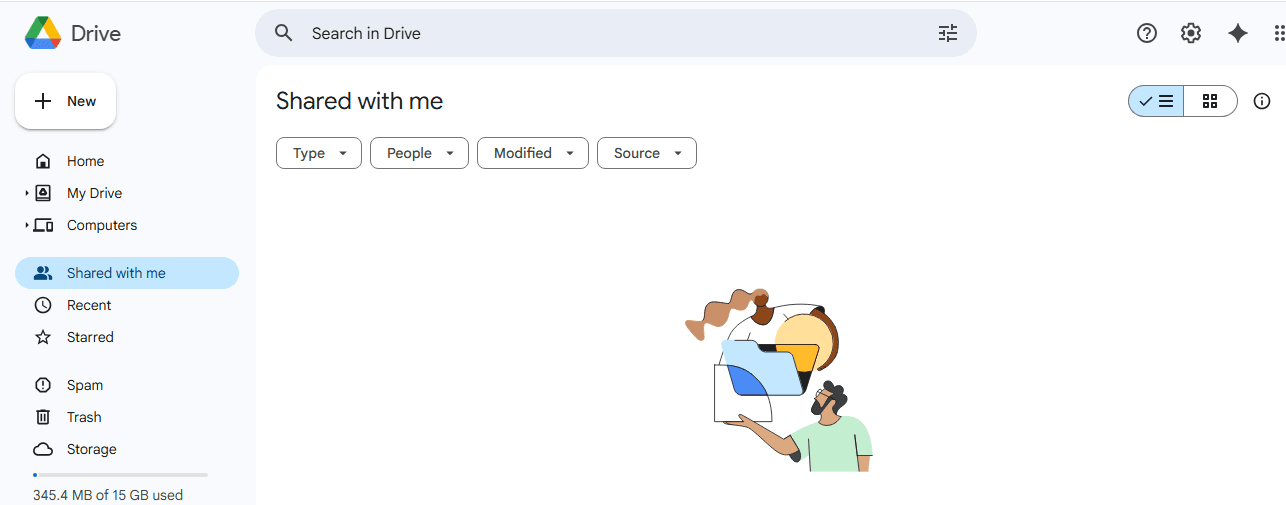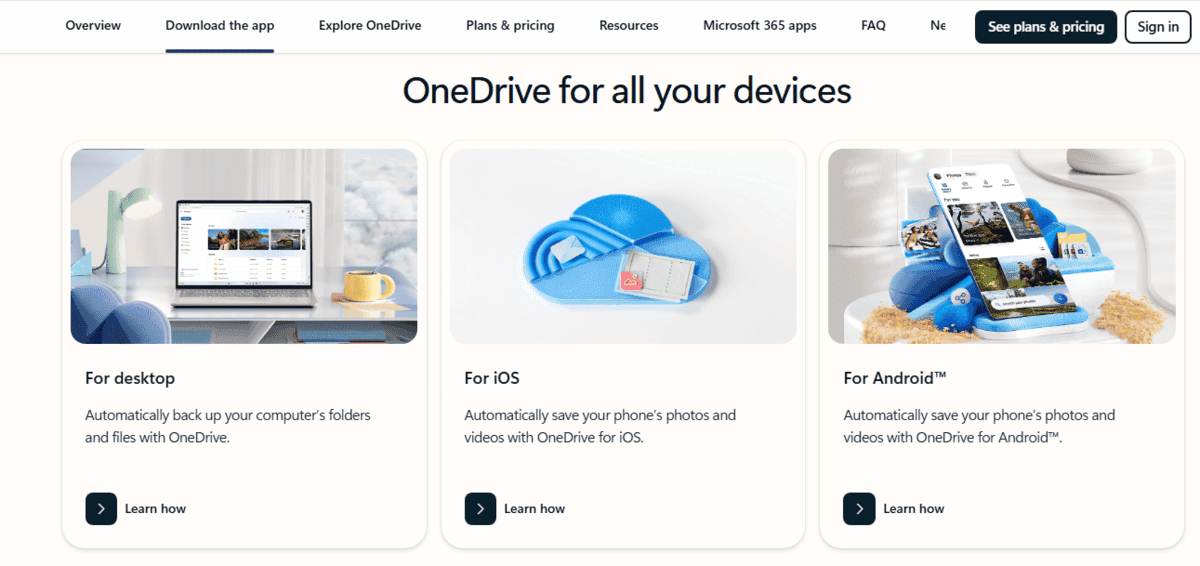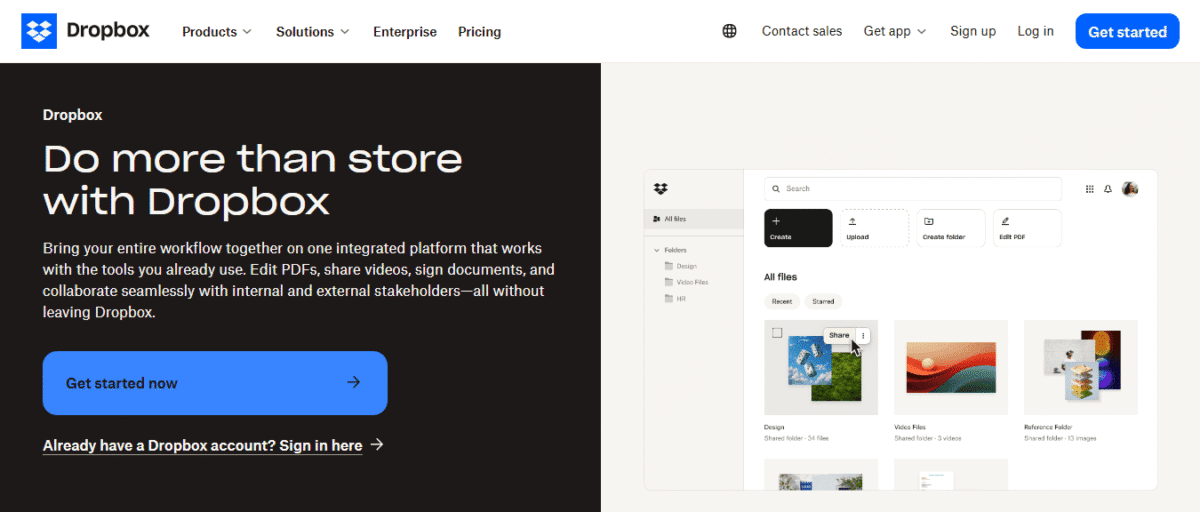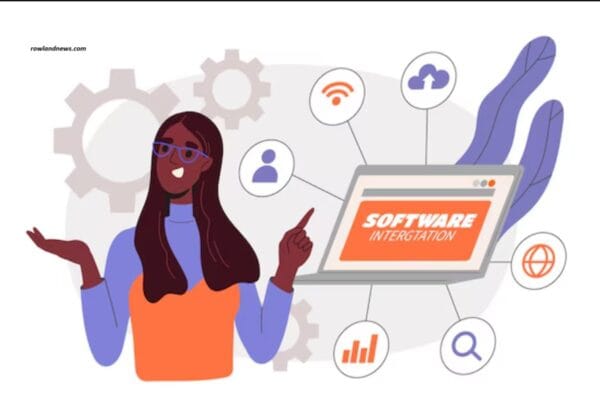Introduction
Imagine this: you’re collaborating along with your team on a shared pressure, and all at once a critical document disappears. Maybe someone deleted it via mistake, otherwise you by chance hit the wrong button. Panic units in, changed into all that paintings misplaced forever?
The proper news is, documents deleted from a shared pressure are regularly recoverable if you act quickly and recognize in which to appearance. Whether you’re using Google Drive Shared Drives, OneDrive, Dropbox, or every other cloud platform, there are built-in restoration options and backup strategies to help you get your documents again.
In this article, I’ll guide you step by step through a way to recover a file deleted from a shared drive, with real-world examples, comparisons, and practical tips so you never lose important data again.
Understanding How Shared Drives Work
Before jumping into recovery methods, it’s important to know how shared drives handle file storage and deletion:
- Shared Drive ≠ Personal Drive: Unlike your personal cloud storage, shared drives are collaborative spaces where multiple users have access.
- Permissions Matter: Your ability to recover a file depends on your role, Viewer, Commenter, Contributor, or Manager.
- Deletion Rules: In most shared drives, files aren’t permanently deleted immediately. Instead, they go to a Trash or Recycle Bin, where they stay for a limited time (e.g., 30 days).
This means if you act quickly, you have a very good chance of restoring your deleted file.
How to Recover Deleted Files in Google Shared Drive

Google Shared Drives (formerly Team Drives) are widely used by businesses and schools. Here’s how recovery works:
Step 1: Check the Shared Drive Trash
- Open Google Drive.
- On the left menu, click Shared Drives.
- Select the drive where the file was deleted.
- Click Trash in the left sidebar.
- Look for your deleted file and right-click → Restore.
Note: Only Managers and Content Managers can restore files from the Trash.
Step 2: Ask an Admin for Help
If the file was permanently deleted:
- Contact your Google Workspace Admin.
- Admins can restore permanently deleted files for up to 25 days after deletion.
Example
Sarah, a project manager, accidentally deleted her team’s budget file. She couldn’t find it in Trash because she was only a Contributor. Luckily, she asked the team’s Manager, who restored it in seconds.
How to Recover Deleted Files in Microsoft OneDrive Shared Libraries

If you’re working with OneDrive or SharePoint shared drives, recovery is just as simple.
Step 1: Check the Recycle Bin
- Go to the shared OneDrive folder or SharePoint library.
- Click on Recycle Bin in the left-hand panel.
- Select the deleted file → Restore.
Step 2: Check the Second-Stage Recycle Bin
- If the file isn’t in the first Recycle Bin, scroll down and click Second-stage Recycle Bin.
- Files here can be restored for up to 93 days (depending on your organization’s settings).
Step 3: Contact the Admin
- If both recycle bins are empty, your Office 365 Admin may still be able to recover it from backups.
How to Recover Deleted Files in Dropbox Shared Folders

Dropbox has its own version history and recovery features:
Step 1: Check Deleted Files Section
- Go to Dropbox.
- Click Deleted files in the left menu.
- Select the file → Restore.
Step 2: Use File Version History
- Dropbox saves file versions for up to 30 days (or longer with Dropbox Business plans).
- Right-click the file → Version history → Restore previous version.
Example
James deleted a shared presentation on Dropbox but realized it 20 days later. Luckily, version history allowed him to restore the earlier draft.
Universal Methods to Recover Deleted Files from Shared Drives

If the built-in methods don’t work, try these alternatives:
1. Check Your Local Computer Sync Folder
- Many shared drives (Google Drive, OneDrive, Dropbox) sync files to your computer.
- If you’ve recently opened the file, you may find a cached or offline copy.
2. Ask a Collaborator
- Sometimes, files are deleted only from your view, not the whole drive.
- Another collaborator may still have access to the file or a copy.
3. Use Third-Party Backup Tools
- Tools like SpinBackup, Veeam, or Acronis provide extra protection.
- These services can restore files even after cloud trash bins are emptied.
4. Restore from System Backup (if available)
- Some organizations run automated backups.
- Contact your IT department to check.
Tips to Avoid Losing Files Again
- Assign Roles Wisely: Give “Manager” access only to trusted team members.
- Enable Version History: Most platforms allow you to roll back to earlier versions.
- Schedule Regular Backups: Use third-party tools for added safety.
- Educate Your Team: Train members on how file recovery works to avoid panic in the future.
Conclusion
Accidentally deleting a file from a shared drive doesn’t have to mean disaster. Whether you’re using Google Drive, OneDrive, or Dropbox, each platform has built-in ways to restore deleted files, if you act quickly and know the right steps.
Always check the Trash or Recycle Bin first, and if that fails, contact an Admin immediately. For long-term safety, set up version history and backups so you’re always covered.




Hey there.
rowlandnews.com, It’s clear you put real effort into your site—thank you.
I recently published my ebooks and training videos on
https://www.hotelreceptionisttraining.com/
They feel like a rare find for anyone interested in hospitality management and tourism. These ebooks and videos have already been welcomed and found very useful by students in Russia, the USA, France, the UK, Australia, Spain, and Vietnam—helping learners and professionals strengthen their real hotel reception skills. I believe visitors and readers here might also find them practical and inspiring.
Unlike many resources that stay only on theory, this ebook and training video set is closely connected to today’s hotel business. It comes with full step-by-step training videos that guide learners through real front desk guest service situations—showing exactly how to welcome, assist, and serve hotel guests in a professional way. That’s what makes these materials special: they combine academic knowledge with real practice.
With respect to the owners of rowlandnews.com who keep this platform alive, I kindly ask to share this small contribution. For readers and visitors, these skills and interview tips can truly help anyone interested in becoming a hotel receptionist prepare with confidence and secure a good job at hotels and resorts worldwide. If found suitable, I’d be grateful for it to remain here so it can reach those who need it.
Why These Ebooks and Training Videos Are Special
They uniquely combine academic pathways such as a bachelor of hospitality management or a advanced hotel management course with very practical guidance on the duties of a front desk agent. They also cover the hotel front desk job description, and detailed hotel front desk tasks.
The materials go further by explaining the hotel reservation process, hotel check-in, check-out flow, guest relations, and practical guest service recovery—covering nearly every situation that arises in the daily business of hotel reception.
Beyond theory, my ebooks and training videos connect the academic side of resort management with the real-life practice of hotel front desk duties and responsibilities.
– For students and readers: they bridge classroom study with career preparation, showing how hotel management certificate programs link directly to front desk skills.
– For professionals and community visitors: they support career growth through interview tips for receptionist, with step-by-step interview questions for receptionist with answers. There’s also guidance on writing a strong receptionist description for resume.
As someone who has taught resort management for nearly 30 years, I rarely see materials that balance the academic foundation with the day-to-day hotel front desk job requirements so effectively. This training not only teaches but also simulates real hotel reception challenges—making it as close to on-the-job learning as possible, while still providing structured guidance.
I hope the owners of rowlandnews.com, and the readers/visitors of rowlandnews.com, will support my ebooks and training videos so more people can access the information and gain the essential skills needed to become a professional hotel receptionist in any hotel or resort worldwide.
Either way, thank you, rowlandnews.com, for maintaining such a respectful space online.
Hi!
rowlandnews.com, Thanks for the time and heart you put into posting and moderating.
I recently published my ebooks and training videos on
https://www.hotelreceptionisttraining.com/
They feel like a standout resource for anyone interested in hospitality management studies. These ebooks and videos have already been welcomed and found very useful by students in Russia, the USA, France, the UK, Australia, Spain, and Vietnam—helping learners and professionals strengthen their real hotel reception skills. I believe visitors and readers here might also find them practical and inspiring.
Unlike many resources that stay only on theory, this ebook and training video set is closely connected to today’s hotel business. It comes with full step-by-step training videos that guide learners through real front desk guest service situations—showing exactly how to welcome, assist, and serve hotel guests in a professional way. That’s what makes these materials special: they combine academic knowledge with real practice.
With respect to the owners of rowlandnews.com who keep this platform alive, I kindly ask to share this small contribution. For readers and visitors, these skills and interview tips can truly help anyone interested in becoming a hotel receptionist prepare with confidence and secure a good job at hotels and resorts worldwide. If found suitable, I’d be grateful for it to remain here so it can reach those who need it.
Why These Ebooks and Training Videos Are Special
They uniquely combine academic pathways such as a bachelor’s degree in hospitality management or a advanced hotel management course with very practical guidance on the hotel front desk job duties. They also cover the hotel front desk job description, and detailed hotel front desk duties and responsibilities.
The materials go further by explaining the hotel reservation process, hotel check-in, check-out flow, guest relations, and practical guest service recovery—covering nearly every situation that arises in the daily business of a front office operation.
Beyond theory, my ebooks and training videos connect the academic side of resort management with the real-life practice of hotel front desk duties.
– For students and readers: they bridge classroom study with career preparation, showing how hotel and management course theory link directly to front desk skills.
– For professionals and community visitors: they support career growth through interview tips for receptionist, with step-by-step interview questions for receptionist with answers. There’s also guidance on writing a strong receptionist description for resume.
As someone who has taught hospitality management programs for nearly 30 years, I rarely see materials that balance the academic foundation with the day-to-day job description of front desk receptionist in hotel so effectively. This training not only teaches but also simulates real hotel reception challenges—making it as close to on-the-job learning as possible, while still providing structured guidance.
I hope the owners of rowlandnews.com, and the readers/visitors of rowlandnews.com, will support my ebooks and training videos so more people can access the information and gain the essential skills needed to become a professional hotel receptionist in any hotel or resort worldwide.
Either way, thank you, rowlandnews.com, for maintaining such a respectful space online.